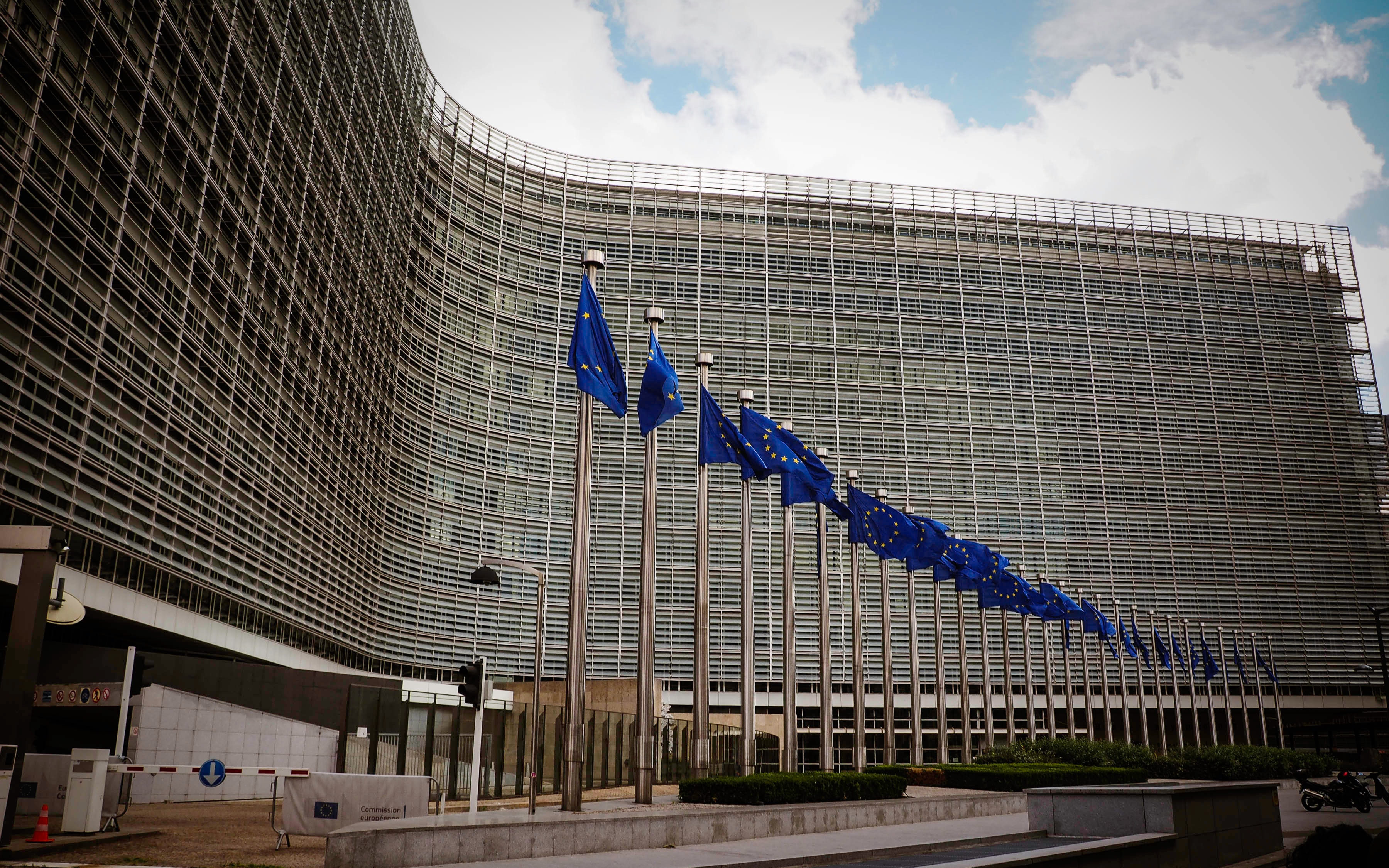FACTBOX-Nuts and bolts of plan to restart EU's stuttering economy

The European Union's executive on Wednesday proposed a blueprint for the bloc's next budget and a linked coronavirus Recovery Fund to provide a massive stimulus to the continent's coronavirus-battered economy.
Here are the main elements of the plan:
* HOW MUCH MONEY WOULD BE AVAILABLE
The European Commission proposed a 1.1 trillion euros budget for the bloc for 2021-27 and an attached Recovery Fund worth 750 billion euros - 500 billions of that would be made available as free grants and the rest as repayable loans to member states. Together, the money would leverage 1.85 trillion euros worth of investments to help kickstart growth.
* WHEN WILL IT START FLOWING The Commission wants to start doling out money from September based on changes to the current EU budget and step up the stimulus spending for two years from 2021 when the new joint budget and the Recovery Fund kick in properly.
* WHO BENEFITS & UNDER WHAT CONDITIONS The money will go directly to member states and, as guarantees for the European Investment Bank, to companies.
Some money will go as free grants to the usual EU budget programs, including development aid and farm subsidies. Other funds will be available to member states as loans based on recovery and reform plans they would pitch to Brussels. Boosting the EU's green and digital capacities are the key objective. Access to funds would also be conditional on upholding the rule of law.
* WHO WILL REPAY DEBT & WHEN New money would come from unprecedented mass borrowing by the Commission against the EU budget.
The Commission proposed bond maturities of up to 30 years. It would start covering interest from the bloc's 2021-27 budget and repay the capital by 2058. Resources for that would come from the bloc's budgets from 2028 that is replenished with the usual fees from member states, some existing EU taxes as well as new levies the Commission eyes on CO2 emissions, digital transactions, or imports carbon footprint.
* WHAT NEXT The Commission's plan needs to win unanimous backing of all the 27 EU member states, as well as the European Parliament. National EU leaders will discuss it at a summit planned for June 18-19 though any final deal is likely to take longer.
* PROBLEMS There remain many divisive around how the stimulus money will be raised and spent, which means that weeks or months of horse-trading lie ahead and the final EU coronavirus recovery package may end up differing from Wednesday's proposals.
Some elements of the blueprint would also require tricky further ratification by national parliaments.
(This story has not been edited by Devdiscourse staff and is auto-generated from a syndicated feed.)
ALSO READ
EIB, European Commission announce upscaling of Circular City Centre
European Union Investigates TikTok's New App That Rewards Users for Watching Videos
European Union official urges G7 to step up air defence for Ukraine and expand Iran sanctions
European Commission expected to propose new sanctions on Russian LNG, sources say
European Commission expected to propose new sanctions on Russian LNG, sources say










